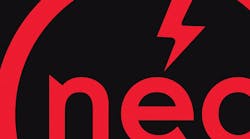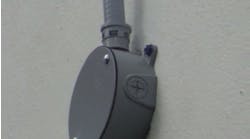Part III of Art. 553 of the 2017 National Electrical Code (NEC) provides the requirements for grounding buildings that float. Part III begins by requiring that all electrical and non-electrical parts be grounded (ground terminal connection) via connection to the grounding bus in the building panelboard [Sec. 553.8(A)].
Article 100 defines “ground” as “The earth.” If the building is floating, how do you connect it to the earth? You connect the grounding terminal in the service equipment through an insulated grounding electrode conductor to a grounding electrode on shore [Sec. 553.8(D)]. Notice, there’s no mention of using the water as ground; not for bonding the equipment and not for grounding the floating building.
The grounded circuit conductor (neutral) must be connected to the equipment grounding terminal in the service equipment. That is the only connection it can have to equipment grounding conductors (EGCs). And it must be an insulated conductor [Sec. 553.9]. Ensure the neutral conductor terminals in panelboards and appliances are insulated from the enclosures.
Connect non-current-carrying metal parts (e.g., metal piping, electrical enclosures, metal parts contacting the water) to the grounding bus [Sec. 553.10(A) and Sec. 553.11]].




